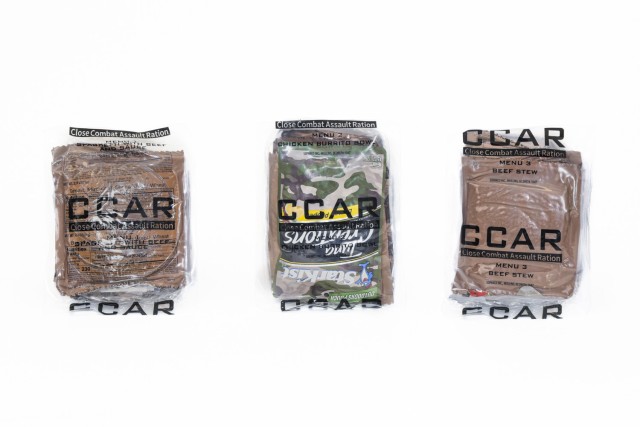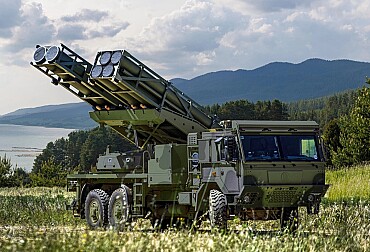U.S. Army launches compact high-performance field ration to boost soldier nutrition in combat
The U.S. Army has unveiled the Close Combat Assault Ration (CCAR), a compact, nutrient-rich field ration designed to sustain troops during missions in remote and austere environments. Now available for order, the CCAR promises to deliver superior energy efficiency in a significantly lighter and smaller package—replacing the bulkier First Strike Ration (FSR).

Built for the Battlefield
Developed by the Army Combat Capabilities Development Command (DEVCOM) since 2019, the CCAR is tailored for dismounted troops operating without regular resupply for 7 to 10 days. Unlike the traditional Meal, Ready to Eat (MRE) or FSR, which proved too heavy and space-consuming for such missions, the CCAR boasts a 39% reduction in volume and a 17% reduction in weight.
This means soldiers can now carry five days' worth of food using the same space previously required for just three. The change offers a tangible benefit in operations where every ounce and cubic inch counts.
Feedback-Driven Innovation
The CCAR wasn’t just engineered in a lab—it was shaped by the input of real-world warriors. Developers sought extensive feedback from elite units including the 10th Special Forces Group (Fort Carson), the 10th Mountain Division (Fort Drum), and the 2nd Reconnaissance Battalion, 2nd Marine Division (Camp Lejeune).
Initial concepts featured nutrient-dense bars, but soldier input steered the team toward more palatable options. “We have a long-standing saying in the food world that it’s not nutrition if it’s not eaten,” said Erin Gaffney-Stomberg, Chief of the Combat Feeding Division. “It’s critical that optimal nutrition is supplied to warfighters when and where they need it, and in a form that looks, smells, and tastes good.”
Boosting Performance in the Field
Scientific studies validated that soldiers consuming the CCAR experienced improved energy intake compared to those using the FSR. Notably, they consumed more calories and faced smaller energy deficits, a crucial factor during extended physical activity in demanding conditions.
“Negative energy balance, or the inability to consume enough calories to meet metabolic demands, is a threat to warfighter performance,” explained James McClung, Chief of the Military Nutrition Division. The CCAR, he added, “did not adversely affect physical performance” and thus represents a promising option for short-term, high-intensity operations.
Looking Ahead
As the Department of Defense continues to prioritize combat readiness and operational efficiency, innovations like the CCAR highlight the growing focus on nutrition as a core component of soldier performance. With the dual goals of reducing logistical burden and maximizing energy intake, the new ration is poised to become a staple for light infantry and special operations forces around the world.
The CCAR is now available for order and marks a major step forward in aligning modern battlefield needs with the science of performance nutrition.







